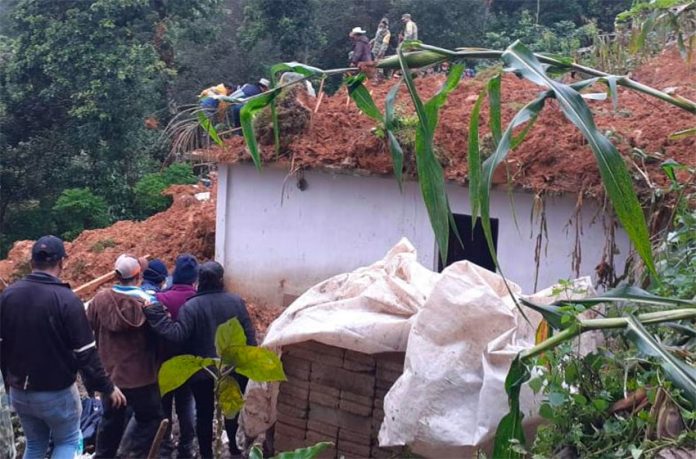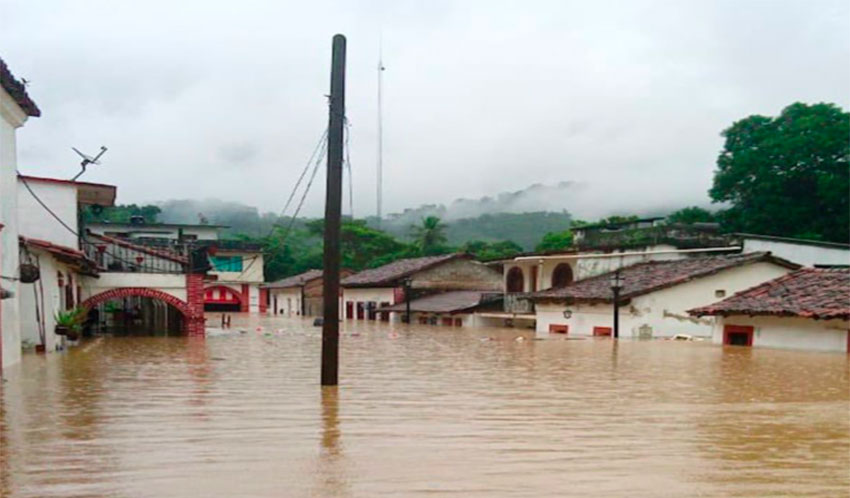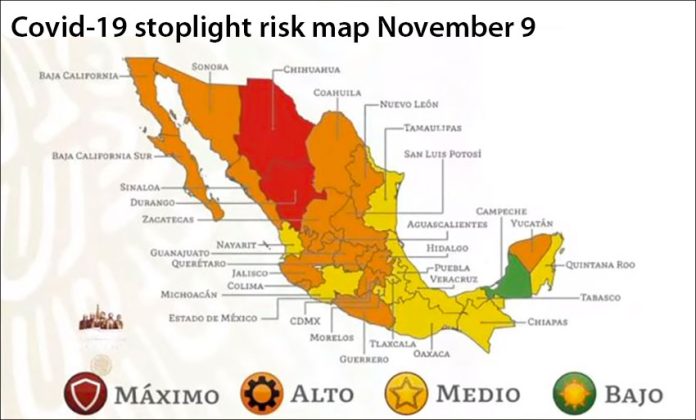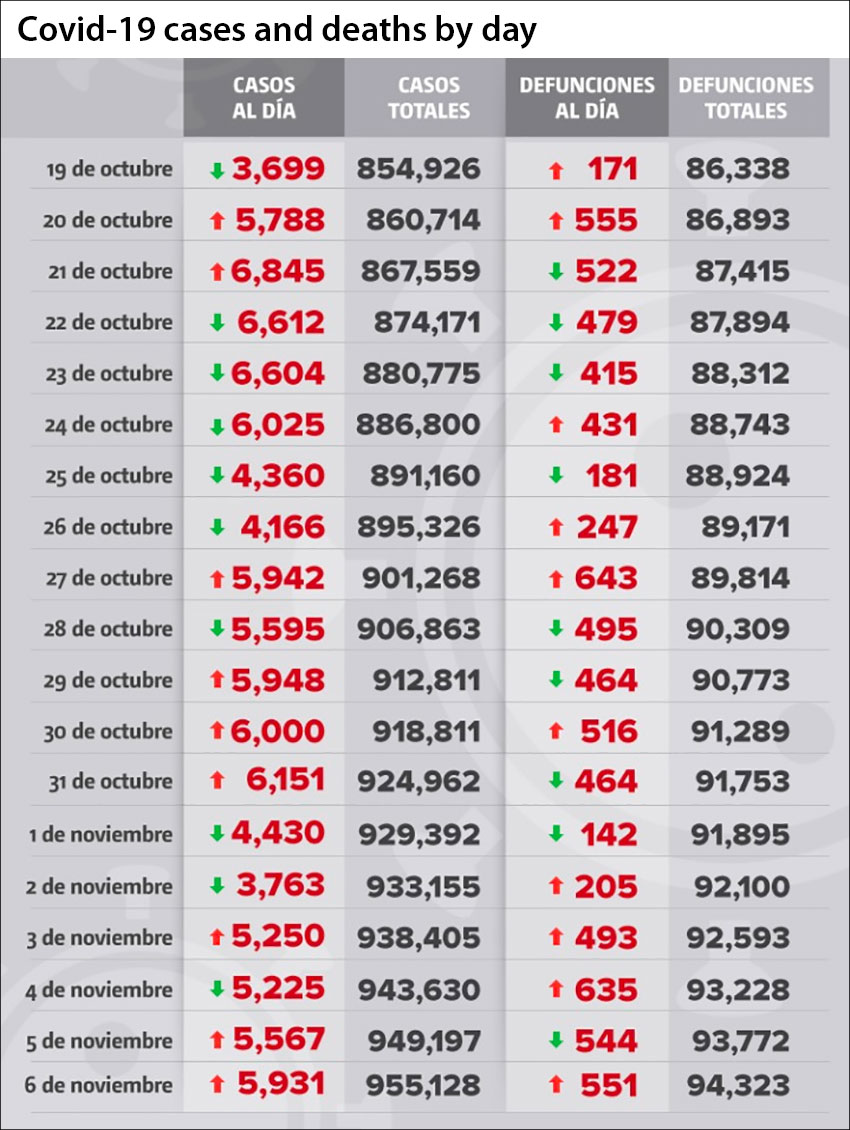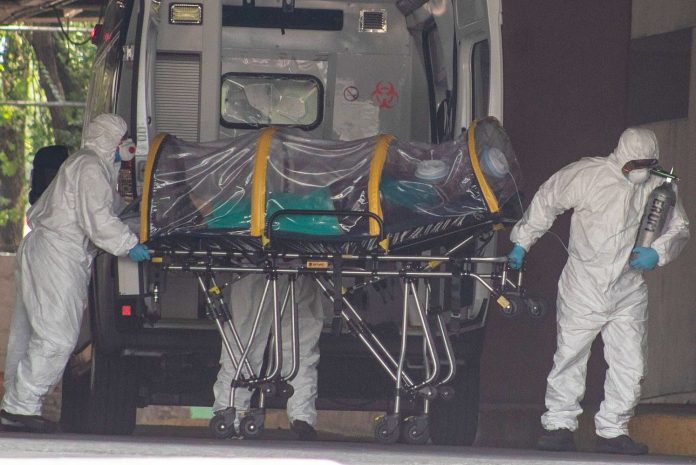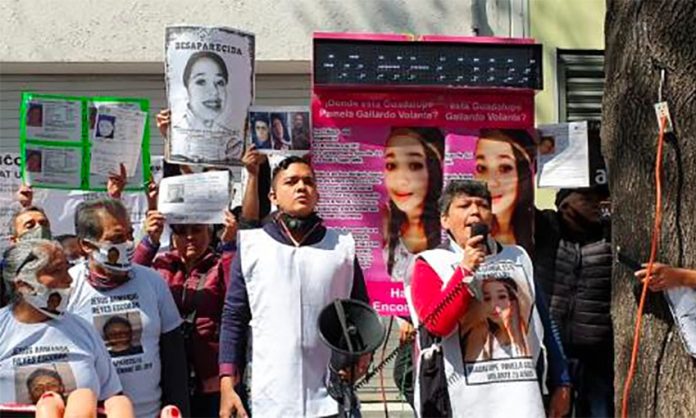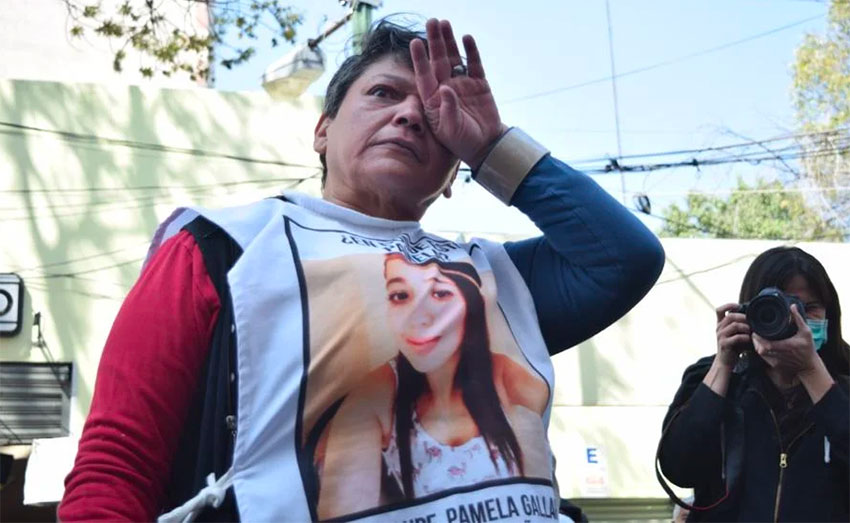“We are neither from here nor there,” say Monterrey-based artisans Mayra René and Bertha García, but that is a boon for their art.
The northern part of Mexico is not known for art, or even handcrafts for that matter. Fine decorations and art have been the purview of central and southern parts of the country, where more complex civilizations developed.
There is still an expression in Mexico that Zacatecas “is where culture ends and carne asada begins.” Maybe someday soon the north will get the credit it is due.
That credit may finally come through the blending of influences from the Mexican south and the gringo north.
The intertwined stories of Mayra René and Bertha García provide a template for understanding how such a blending creates new images, avoiding both outright copying and kitsch. Both these artisans are from the northeast of Mexico, where the “not here, not there” vibe is quite strong.

René is the better known of the two. She has worked for decades creating, teaching and promoting the making of art dolls. The basic concept comes from her experience living on the border in Reynosa, Tamaulipas.
René had access to books and the ability to travel north, learning from the likes of other artists like Paty Medaris Culea, Barbara Willis and Elinor Pace Bailey. Consequently, much of her work has a familiar feel to that of art doll makers and collectors north of the border.
Like her U.S. and European counterparts, René’s dolls tend to be mixed media, cloth along with papier-mache, Styrofoam and/or clay. The heads are the often the most important element, finely formed and painted. However, her work does not copy these contemporaries. There is a definite lack of the princesses, goblins, and other European fairy tale characters that often appear in works north of the border.
Her original designs include elements from family doll making, regional traditions and even the long-forgotten tradition of fine-cloth dolls made centuries ago in Puebla. She also pulls inspiration from Mexico’s visual arts. A favorite for René is the surrealist work of Remedios Varo, a Spanish painter exiled to Mexico in the 20th century.
In fact, René’s work has been a significant influence on doll makers in Mexico, from the northeast down into the state of Guanajuato, a result of classes she has taught and her first book, published in 2012, El Arte de las Muñecas en Tela. Historia y Métodos de Elaboración (The Art of Cloth Dolls. History and Techniques for Creating). This is how her collaboration with papier-mache (cartonería) artist Bertha Elisa García Espinosa began.
García’s entry into art and crafts came through her family. Her grandmother and aunts rolled newspaper strips and used paste to make gift baskets to sell. Her grandfather took the women’s techniques and used it to create an image of Christ. This caught García’s attention because she realized so much more could be done with what she had learned from the women in her family.
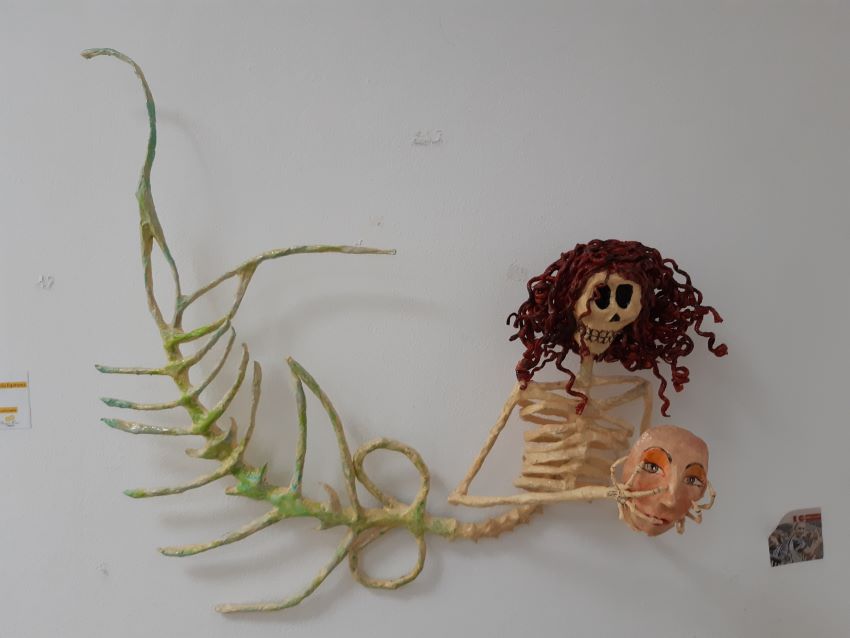
She began experimenting with making Catrinas, a skeletal image made popular in central Mexico. Still a psychology student at the time, she began selling the figures to her classmates. Classes in theatrical design, including puppet-making, introduced her to other papier-mache techniques.
A class in art dolls at René’s gallery in Monterrey not only introduced García to new design concepts but also to her most important collaborator and biggest fan. The two have since worked together on various projects and mutually support each other’s work through joint exhibitions, promoting both art dolls and Mexico’s cartonería traditions in northern Mexico.
René calls García the “queen of papier-mache in northeastern Mexico.”
Cartonería is not well-known in the north, but García has found success in making the teaching forms such as alebrijes (fantastical cartonería monsters invented in Mexico City in the 1930s by artist Pedro Linares), Catrinas and a type of doll called a Lupita.
Her most impressive work comes from the making of Catrinas and Lupitas, which is not a surprise given her long association with René.
Unlike alebrijes, the Catrinas and Lupitas have human (or human-like) faces — faces that lend themselves to the techniques used in art dolls to make them far more expressive. García’s Catrinas vary between the traditional and the innovative, but the dolls are always innovative in both face and body.
These two women’s creativity isn’t confined to their workplaces. The pandemic has affected them like everyone else. But rather than wait for government help, both have worked to develop online alternatives for both their sales and their classes. For García, this has meant expanding her business — not only teaching and selling to other parts of northern Mexico but also for and to clients in the United States and Spain.
Northern Mexico struggles with identity issues, with strong pressures coming from both south and north. But the work of René and García shows that this struggle is also a rich source of artistic inspiration. They have taken elements from both directions to make expressions of their own reality, without falling into the trap of simply tacking on stereotypical elements like long-toed boots onto their figures. Their work is far more subtle and meaningful than that.
René’s work can be seen at her Mayra René Gallery in Monterrey proper. García’s workshop, Galería 44 Creaciones, is located in her home in Apodaca, just outside the city.
Leigh Thelmadatter arrived in Mexico 17 years ago and fell in love with the land and the culture. She publishes a blog called Creative Hands of Mexico and her first book, Mexican Cartonería: Paper, Paste and Fiesta, was published last year. Her culture blog appears weekly on Mexico News Daily.

